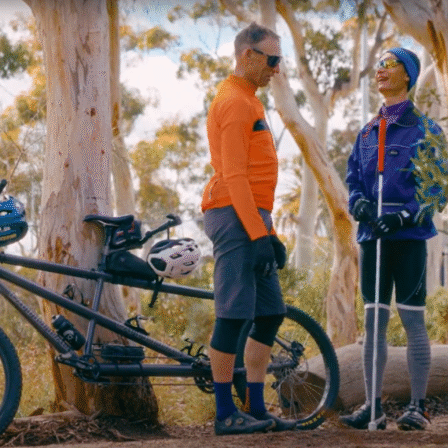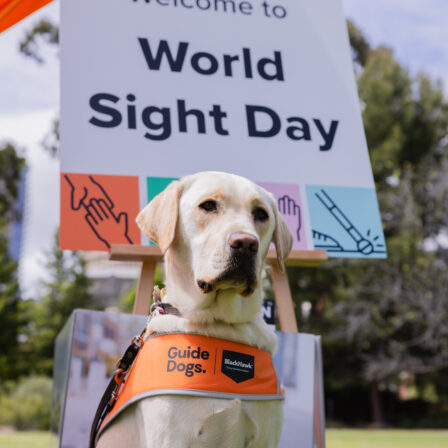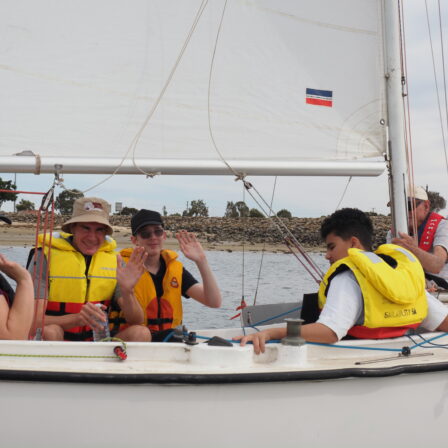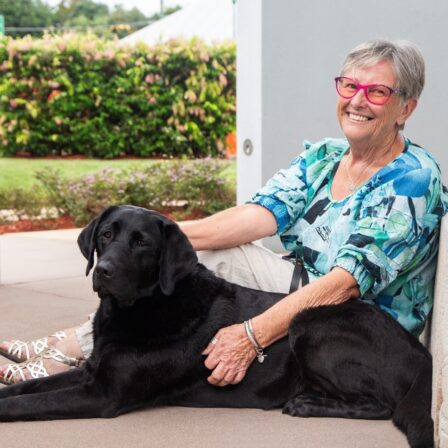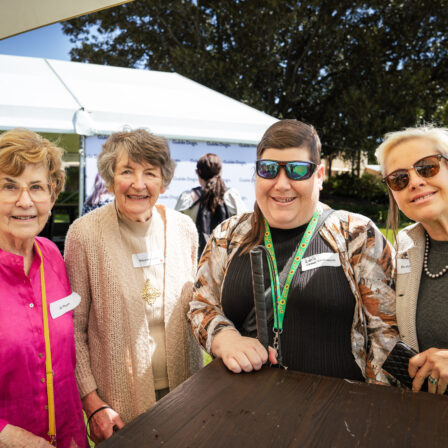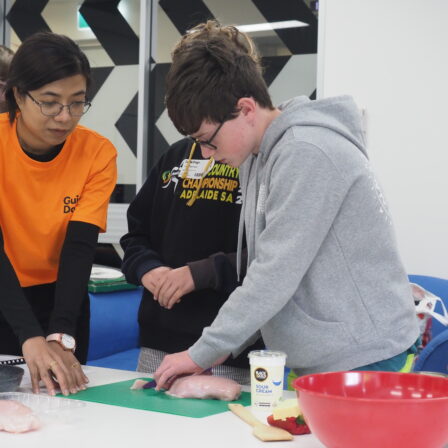News
How to lend a helping hand to people living with vision impairment
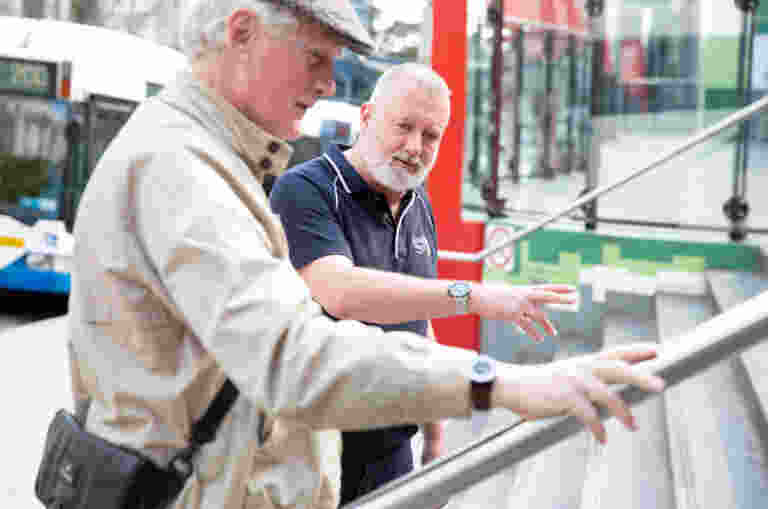
New research from two different surveys has revealed an over-eager Australian public misunderstand how best to assist people who are blind or who have vision impairment, in the lead up to International White Cane Day on 15 October.
Two-thirds (64%) of people who use white canes have been grabbed or handled by a member of the public even though they didn’t ask for help, according to a new national client survey* by Guide Dogs Australia.
This is despite YouGov research** that shows three quarters (74%) of the Australian public feel confident they could provide appropriate assistance to a person with a white cane in the street.
In response, Guide Dogs Australia is launching the Cane Do community awareness campaign, reminding members of the community what they ‘cane do’ to help people with a white cane navigate public spaces in a safe and independent way.
Guide Dogs SA/NT Chief Executive Officer Aaron Chia said that while the majority of the time the community’s efforts to help a person with vision impairment are well-intentioned, there is a disconnect between knowledge and actions.
“The YouGov research tells us that the majority of Australians believe the best way to assist someone with vision impairment is to ask them first. But for some reason, according to our clients, this is not happening,” Mr Chia said.
Sarah Maculans, a 21-year-old university student and client of Guide Dogs SA/NT, has lived with vision impairment since birth. While Sarah initially worried that using white cane would make her seem helpless, she now sees it as a symbol of her independence. However, the public understanding of white cane use presents ongoing challenges.
“In my experience, many people don’t have a good understanding of what a white cane does. Some of the interactions I’ve had have been quite confronting. I have been grabbed and shouted at by strangers. I usually say, ‘Please don’t. I’m okay, thank you.’ But sometimes people won’t take no for an answer.
“I even had a man stop traffic for me. He left his car in the middle of a busy road and stepped in front of oncoming traffic to help me cross. He meant well but it compromised everyone’s safety – mine, his own and that of other road users. It was embarrassing and I was very shaken up. If he’d known how to help, the situation could have been handled much better.”
While Sarah and other white cane users appreciate the public’s good intentions, she says the best approach is always just to ask ‘Can I help you?’
“When I need directions, please provide verbal cues or, if you’re going the same way, I can follow. Sometimes I may need a sighted guide but I will always ask for the support I need.
“My vision impairment doesn’t make me helpless. It simply means my eyes don’t work so well. I have to work a lot harder than others but I still get the same results – if not better sometimes, because of the extra effort I put into everything I do.”
Sarah hopes the public can begin to see those living with vision impairment a little differently.
“Treat us like you would anyone else. Yes, we have a cane and you may not have seen that before, but if we ask for your assistance please be approachable and don’t assume the help we need. My white cane is a sign of my independence,” Sarah said.
About the survey:
* In August 2018, Guide Dogs Australia conducted a survey of 384 clients who use a white cane nationwide to identify issues they experience around mobility in the community.
** Guide Dogs Australia also commissioned a study, conducted by YouGov, of 1071 Australians to identify the Australian public’s knowledge and perceptions of white canes and how people with vision impairment use them.

